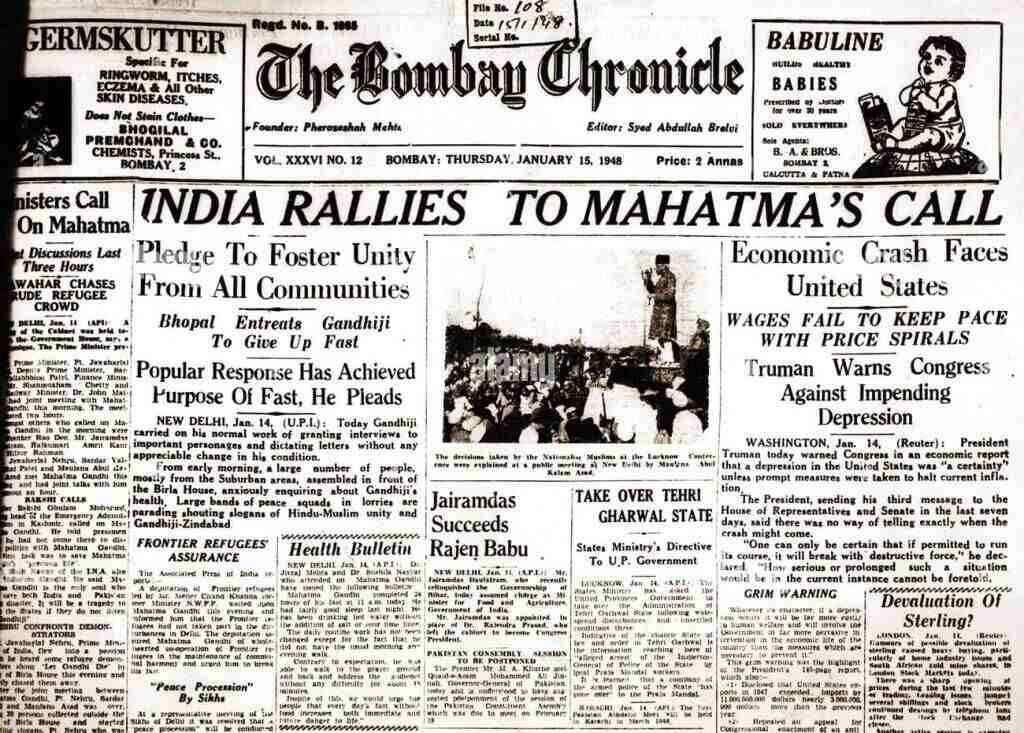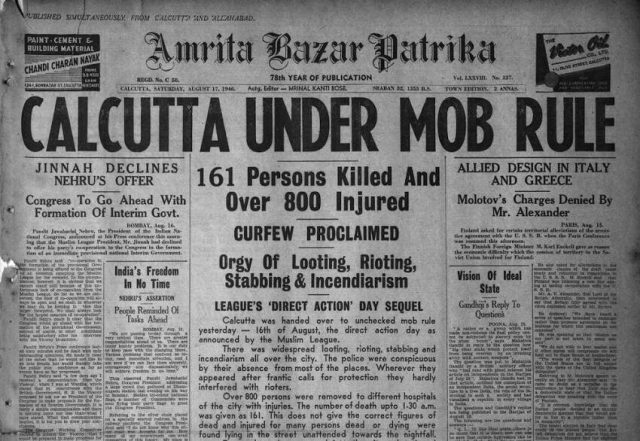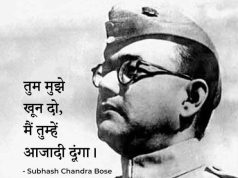Home
Editor's Pick Indian Newspaper Day: Newspapers which played an important role in India’s freedom...
Indian Newspaper Day: Newspapers which played an important role in India’s freedom movement
The history of India’s freedom movement during the colonial regime will be incomplete if the role of vernacular press is not mentioned. Newspapers were a major tool for national awakening against colonial rule and a mouthpiece of protest against imperial injustices. These newspapers played a crucial role in influencing the masses, updating them about political developments and spreading the word about political ideologies and strategies that fuelled the movement for freedom.
Newspapers as a mass medium helped in spreading the call for unity against British rule thereby encouraging India’s youth to come forward and take part in the movement to free their motherland from British colonial rule. Newspapers at that time were a weapon for influencing the masses and criticism of first the East India Company and later the British Raj; as a result, many were banned by the Government.
Vernacular Press Act – 1878
The Vernacular Press Act was established by Lord Lytton in 1878 to repress voices in vernacular or non-English press criticising policies and activities of the British Government. This happened 20 years after the British crown took over the rule in India from the East India Company in 1858 following the Indian Rebellion of 1857.
The act was intended to control the vernacular press and take action against newspaper reports which encouraged sedition. As per this act, the content of printed newspapers was checked by the district magistrate and action was taken accordingly against reports termed seditious. The Vernacular Press Act also gave power to the British Government to ban newspapers and confiscate related its properties include the printing press.
The act was revoke in 1881 by Lord Ripon, who succeeded Lord Lytton as the viceroy and is remembered as the “Good Viceroy of India”.
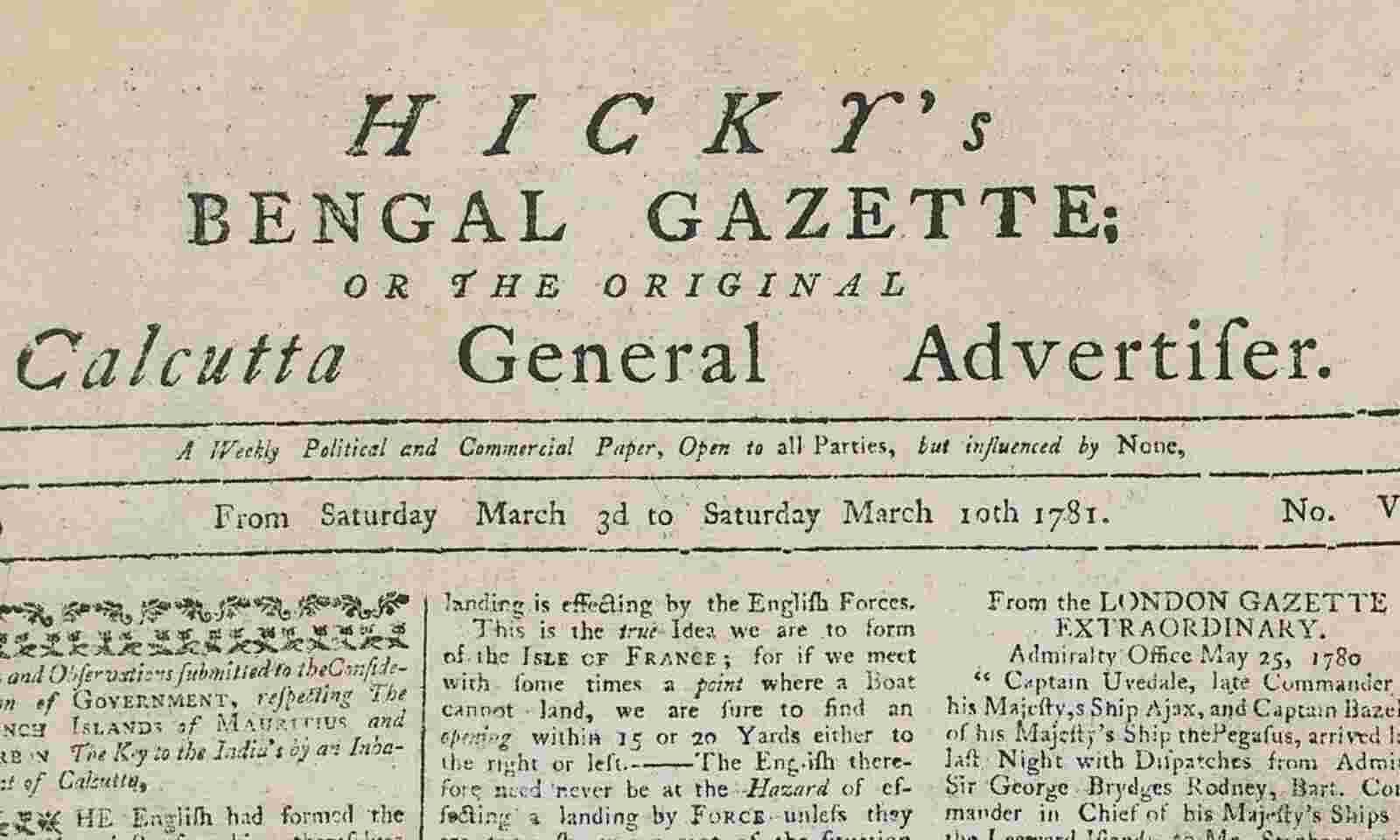
India’s first newspaper – Bengal Gazette
India’s first ever printed newspaper ‘Bengal Gazette’ was published in English language on 29th January, 1780, by Irish journalist James Augustus Hicky during the British Raj. The tabloid was also known as “Hicky’s Gazette” or “The Original Calcutta General Advertiser.” Indian Newspaper Day is observed every year on the 29th of January to mark the birthday of India’s first printed newspaper, which was known for its sarcasm and provocative journalism.
The newspaper was highly critical about the administration of Governor General Warren Hastings. It was stopped on 30th March 1782 by the British Government who confiscated its types and the printing press.
Newspapers which played a crucial role in India’s freedom movement
Newspapers in British India which criticised policies of the Government and played a crucial role in mobilising the masses include:
‘Samvad Kaumudi’ was founded by Raja Ram Mohan Roy in Calcutta (Kolkata) in 1819.
Madhusudan Ray’s newspaper ‘Hindoo Patriot’ was launched in Calcutta in 1853 with Girish Chandra Ghosh as the first editor.
Ishwar Chandra Vidyasagar started the ‘Shom Prakash’ Bengali newspaper in 1859. It was edited by Dwarakanath Vidyabhushan. It was a weekly paper coming from the Sanskrit Press. It is famous for its contribution to the Indigo Movement.
The ‘Indian Mirror’ was a periodical founded in 1861 by Man Mohan Ghosh and Devendranath Tagore which later became a daily. It was in circulation till 1889.
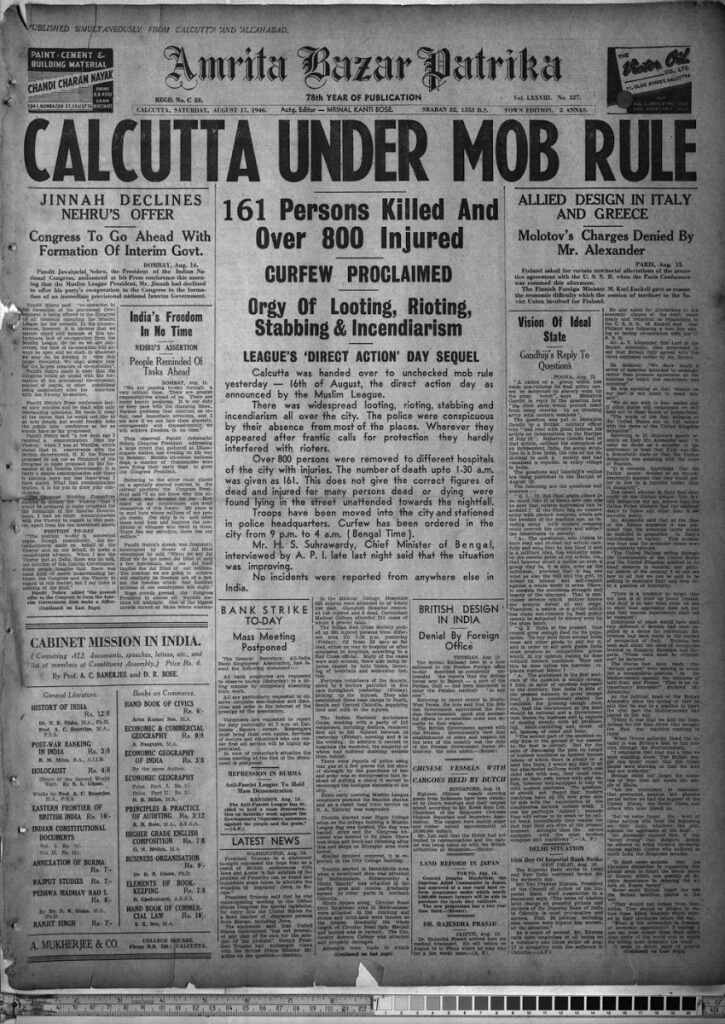
Founded on the 20th of February 1868 in Calcutta by Sisir Kumar Ghose and Motilal Ghosh, Bengali newspaper ‘Amrita Bazar Patrika’ was India’s bravest newspaper and one of the widely read newspapers of India. It was transformed into an English newspaper on 21 March 1878 shortly after the Vernacular Press Act came into force.
‘The Hindu’ was founded in 1878 by G. Subramania Iyer in Madras (Chennai). It is currently the second most circulated English-language newspaper being read across 11 states of India.
Famous Marathi newspaper ‘Kesari’ founded on 4th January 1881 by Lokmanya Bal Gangadhar Tilak continues to be in circulation even today.
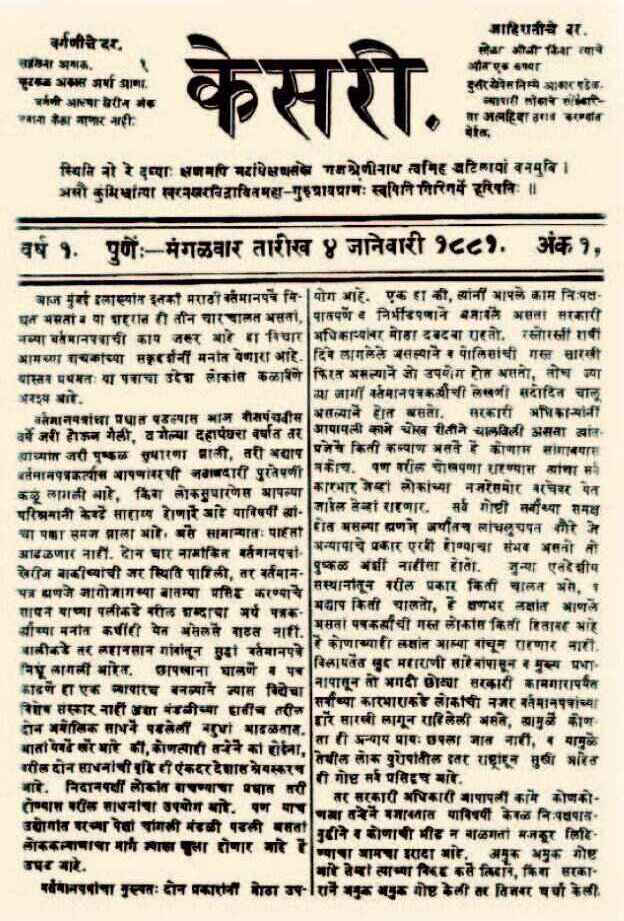
Marathi language newspaper ‘Sudharak’ was founded by Gopal Ganesh Agarkar in Poona (Pune) in 1888.
Swami Vivekananda’s ‘Udbodhan’ magazine emerged as an anti-colonial force in Calcutta in January 1899.
‘Bande Mataram’ was an English language weekly newspaper published from Calcutta (Kolkata). It was founded in 1905 by Bipin Chandra Pal and edited by Sri Aurobindo.
‘Jugantar’ was a Bengali revolutionary newspaper founded in 1906 in Calcutta by Barindra Kumar Ghosh, Abhinash Bhattacharya and Bhupendranath Dutt. The political weekly served as the propaganda organ for the nascent revolutionary organisation Anushilan Samiti that was taking shape in Bengal at the time.
‘The Free Hindustan’ newspaper was founded by nationalist Taraknath Das in 1908 from Vancouver, Canada. It was described as “An Organ of Freedom, and of Political, Social and Religious Reform.”
‘The Bombay Chronicle’ was an important nationalist English-language newspaper, published from Bombay (Mumbai). It was started in 1910 by Sir Pherozeshah Mehta.
